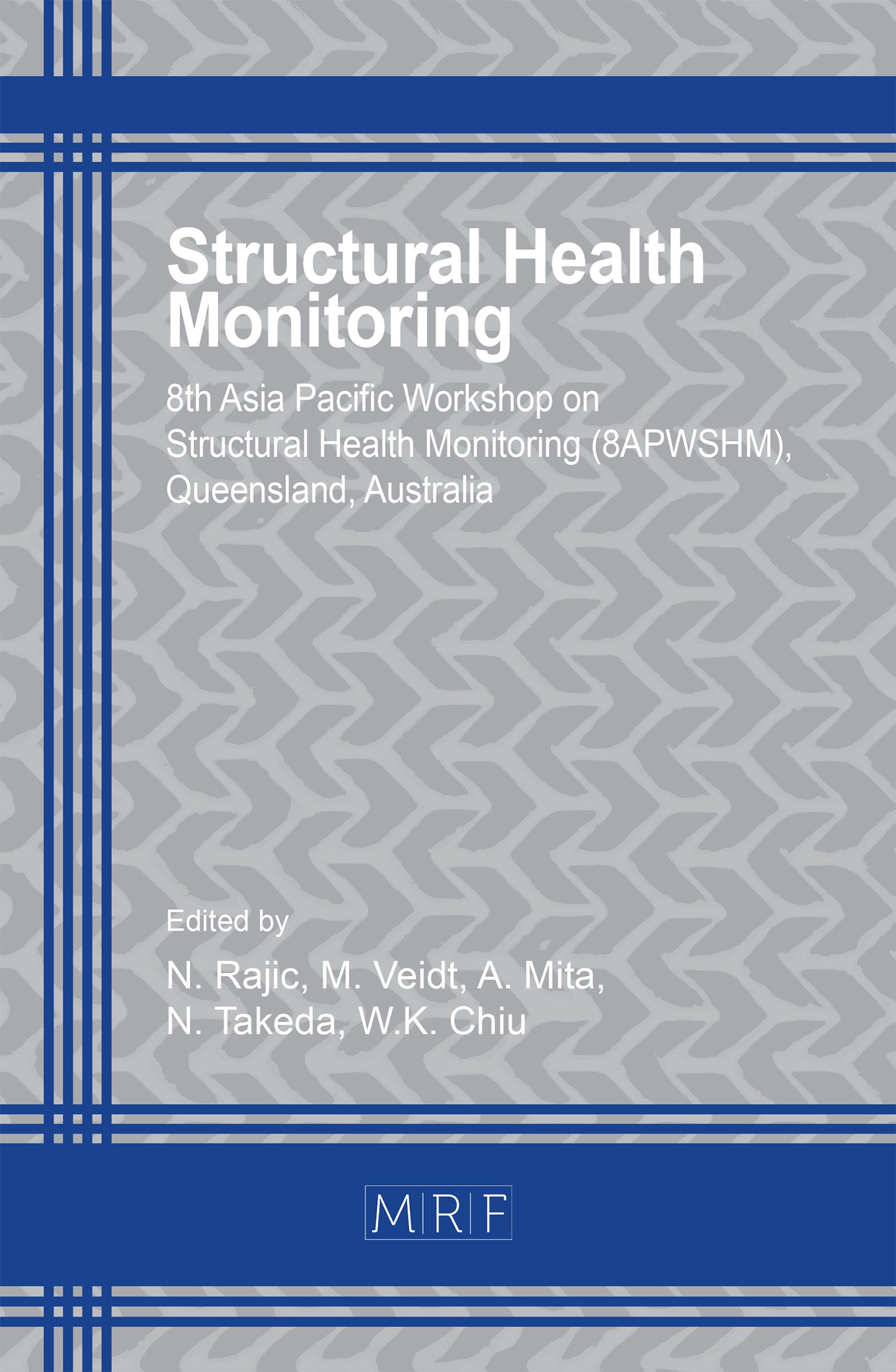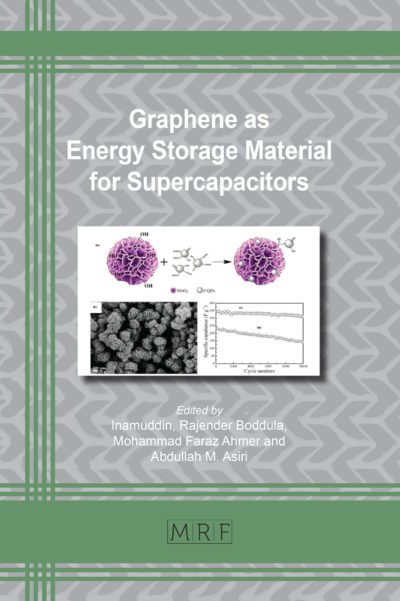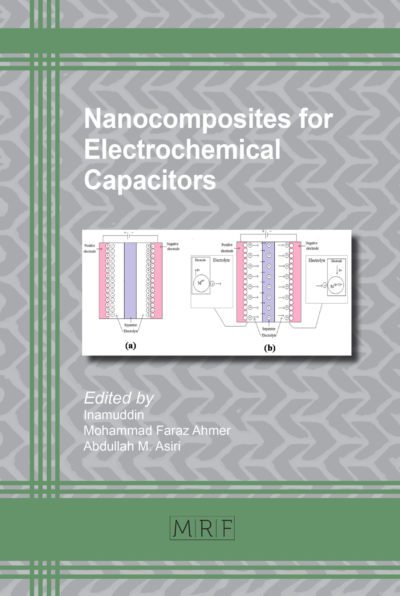Comparative Evaluation of a High Operating Temperature Midwave Infrared Detector for Automated Non-Destructive Inspection of Composite Damage
Jaslyn Gray, Michael Woodrow, Cédric Rosalie, Nik Rajic
download PDFAbstract. A new high operating temperature (HOT) midwave infrared (MWIR) imaging core is experimentally evaluated for use in automated inspection of composite impact damage by line scan thermography (LST). This evaluation is undertaken as part of a broader effort to develop an autonomous inspection capability for aerospace composite structures, deployable by ground and aerial robotic systems. The performance of the HOT MWIR core is assessed against a high-performance cooled photon-detector camera, an uncooled microbolometer core and an uncooled microbolometer camera, on two carbon epoxy laminate test specimens: one containing flat-bottom-hole synthetic defects and the other barely visible impact damage (BVID) introduced by controlled low-velocity impact. These test panels are scanned using a 3-axis robotic LST apparatus, at speeds of 25 and 100 mm/s. The HOT MWIR core is shown to match the detection performance of the cooled camera, and to significantly outperform both microbolometers. The high performance of this core combined with its relatively low mass, size and power consumption offers an encouraging basis for the development of a drone-deployable LST inspection capability.
Keywords
Line Scan Thermography, Composites, Dynamic Pulse Phase Thermography, Non-destructive Testing, Barely Visible Impact Damage, Robotic Inspection
Published online 2/20/2021, 8 pages
Copyright © 2021 by the author(s)
Published under license by Materials Research Forum LLC., Millersville PA, USA
Citation: Jaslyn Gray, Michael Woodrow, Cédric Rosalie, Nik Rajic, Comparative Evaluation of a High Operating Temperature Midwave Infrared Detector for Automated Non-Destructive Inspection of Composite Damage, Materials Research Proceedings, Vol. 18, pp 29-36, 2021
DOI: https://doi.org/10.21741/9781644901311-4
The article was published as article 4 of the book Structural Health Monitoring
![]() Content from this work may be used under the terms of the Creative Commons Attribution 3.0 licence. Any further distribution of this work must maintain attribution to the author(s) and the title of the work, journal citation and DOI.
Content from this work may be used under the terms of the Creative Commons Attribution 3.0 licence. Any further distribution of this work must maintain attribution to the author(s) and the title of the work, journal citation and DOI.
References
[1] Mouritz, Adrian P, Introduction to aerospace materials, Elsevier, 2012. https://doi.org/10.1533/9780857095152
[2] Morton J, Godwin EW, Impact response of tough carbon fibre composites, Composite Structures, 1989 Jan 1;13(1):1-9. https://doi.org/10.1016/0263-8223(89)90069-X
[3] Mavromatidis, L.E. &Dauvergne, J.-L &Lunazzi, Renato &Batsale, Jean-Christophe, First experiments for the diagnosis and thermophysical sampling using pulsed IR thermography from unmanned aerial vehicle (UAV), Quantitative InfraRed Thermography, 2014. https://doi.org/10.21611/qirt.2014.213
[4] V. Kostopoulos, S. Psarras, T. Loutas, G. Sotiriadis, I. Gray, M.J. Padiyar, I. Petrunin, J. Raposo, L. ZanottiFragonara, V. Tzitzilonis, K. Dassios, D. Exarchos, G. Andrikopoulos, G. Nikolakopoulos, Autonomous Inspection and Repair of Aircraft Composite Structures, IFAC-PapersOnLine, Volume 51, Issue 30, 2018, Pages 554-557, ISSN 2405-8963. https://doi.org/10.1016/j.ifacol.2018.11.267
[5] Hossein TOWSYFYAN, Ander BIGURI, Richard BOARDMAN, Thomas BLUMENSATH. Successes and challenges in non-destructive testing of aircraft composite structures. Chinese Journal of Aeronautics, Volume 33, Issue 3, 2020, Pages 771-791. https://doi.org/10.1016/j.cja.2019.09.017
[6] S. Gholizadeh. A review of non-destructive testing methods of composite materials, Procedia Structural Integrity, 2016, vol. 1, pp. 50-57. https://doi.org/10.1016/j.prostr.2016.02.008
[7] Prakash, R.V., John, M., Post-impact Fatigue Damage Analysis of Quasi Isotropic CFRP Laminates through Infrared Thermography, Frattura ed Integrita Strutturale, 2019. https://doi.org/10.3221/IGF-ESIS.49.50
[8] Lison, M., Hendrick, P., Servais, P., Dufour, Y., Evaluation of NDT by robotic line scan thermography on composite air-craft parts, Structural Health Monitoring 2017: Real-Time Material State Awareness and Data-Driven Safety Assurance – Proceedings of the 11th International Workshop on Structural Health Monitoring, IWSHM 2017, 1, pp. 86-93. https://doi.org/10.12783/shm2017/13853
[9] Shakeb Deane, Nicolas P. Avdelidis, Clemente Ibarra-Castanedo, Hai Zhang, Hamed Yazdani Nezhad, Alex A. Williamson, Tim Mackley, Maxwell J. Davis, Xavier Maldague, Antonios Tsourdos, Application of NDT thermographic imaging of aerospace structures, Infrared Physics & Technology, Volume 97, 2019, Pages 456-466. https://doi.org/10.1016/j.infrared.2019.02.002
[10] James Moran, Nik Rajic. Remote line scan thermography for the rapid inspection of composite impact damage, Composite Structures, Volume 208, 2019, Pages 442-453. https://doi.org/10.1016/j.compstruct.2018.10.038
[11] FLIR Systems, Inc., “Why HOT MWIR Might Be a Better Fit than Uncooled LWIR”, FLIR Systems, Inc., [Online]. Available: https://www.flir.com. [Accessed: Nov. 06, 2020].

































